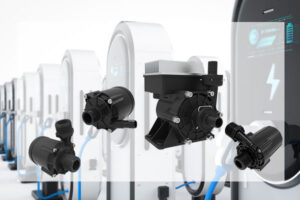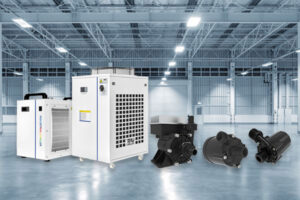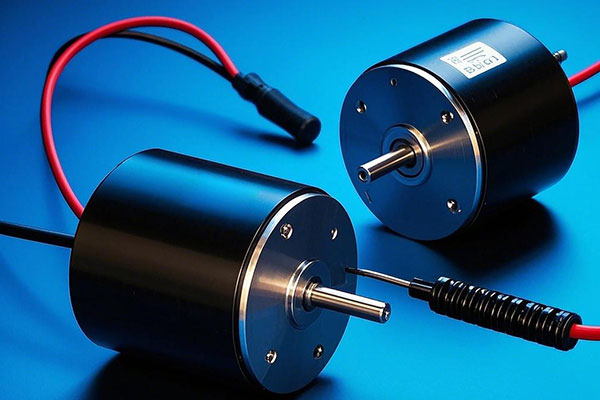With the rise of electric vehicles (EVs), ultra-fast charging stations are becoming a critical infrastructure element. But there's one crucial component in these systems that often goes unnoticed: the water pump.
Water pumps in ultra-fast EV charging stations play an essential role in maintaining temperature regulation, ensuring safety, and enhancing the charging speed by supporting liquid cooling systems1 that manage high-power flows.
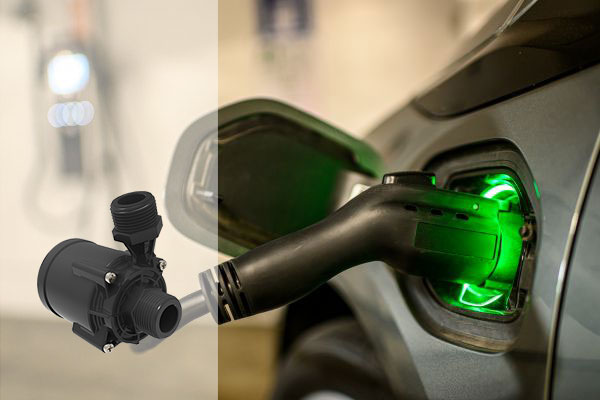
As electric vehicle adoption accelerates, the demand for faster, more efficient charging solutions grows. Liquid cooling is now key to making ultra-fast EV charging a reality, and water pumps are at the heart of this innovation.
Understanding Ultra-Fast EV Charging
Ultra-fast EV charging is rapidly gaining ground as the go-to solution for drivers who need quick and efficient charging. But how exactly does it work, and why is it so fast?
Ultra-fast charging involves high power delivery2 to charge EVs in under an hour, typically around 15–30 minutes. It requires innovative cooling systems to manage the heat generated during this high-speed process.
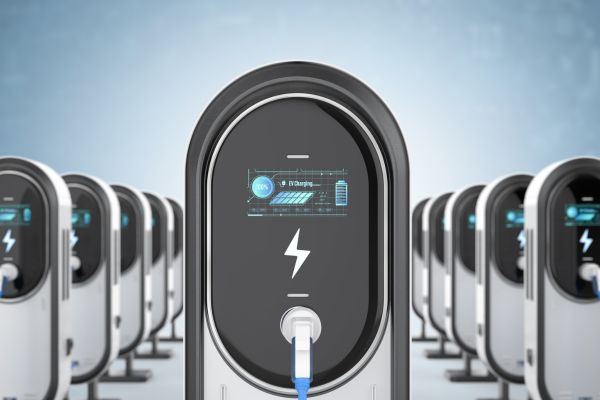
Ultra-fast EV charging refers to the rapid replenishment of an EV’s battery, typically achieved with chargers capable of delivering over 100 kW of power. This high power output requires effective thermal management3 to prevent overheating and ensure safe, efficient operations. In these systems, water pumps are used to circulate coolant and absorb the excessive heat generated during charging.
Without proper cooling, the charging components—such as cables, connectors, and the battery itself—could overheat, which could lead to inefficiencies, safety hazards, or even damage. This is where liquid cooling systems, powered by water pumps, play an indispensable role in maintaining the temperature within safe limits while ensuring fast and reliable charging.
The Role of Liquid Cooling in Ultra-Fast Charging
Charging an EV at ultra-fast rates generates significant heat. How is this heat managed, and why is liquid cooling the best option?
Liquid cooling systems, supported by Wasserpumpen4, circulate coolant through the charging system, absorbing excess heat and preventing components from overheating, which enhances performance and longevity.
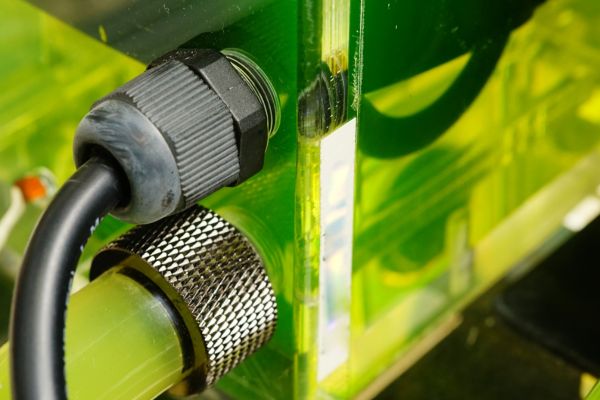
In ultra-fast EV charging stations, liquid cooling is essential for managing the massive heat produced during high-power charging sessions. Cooling is required for not just the battery but also the charging cables and charging components, which must operate at optimal temperatures to avoid damage.
Water, with its high thermal conductivity5, is an ideal medium for absorbing and transferring heat. By circulating through a series of channels, the coolant (often water mixed with glycol or other additives) effectively absorbs heat from the components and dissipates it into external cooling systems. The water pump is responsible for circulating this coolant efficiently and at a steady rate, ensuring continuous heat dissipation during the charging process.
In liquid-cooled systems, the water pump maintains consistent coolant flow through the entire system, keeping temperature levels within operational thresholds. This enables ultra-fast charging rates without compromising safety or component longevity.
Key Functions of Water Pumps in Liquid-Cooled Charging Systems
Water pumps are the unsung heroes in ultra-fast EV charging systems. What exactly do they do, and why are they so crucial?
Water pumps in liquid-cooled EV charging systems6 circulate coolant to regulate temperature, prevent overheating, and ensure safe and efficient power delivery, all of which are critical for ultra-fast charging speeds7.
Water pumps are integral to the cooling system in ultra-fast EV charging stations. Their primary role is to circulate coolant through the system, ensuring that heat generated by the charging process is effectively absorbed and transferred away from key components. This is especially important because ultra-fast chargers operate at high power levels, which generates significant amounts of heat.
Here are the key functions of water pumps in liquid-cooled charging systems:
- Heat Management: Water pumps circulate coolant to absorb and transport heat away from the charger, cables, and battery pack. This is crucial to maintaining system performance and safety.
- Flow Rate Control: Water pumps ensure the coolant flows at the right rate to prevent overheating while maintaining consistent charging speeds.
- System Protection: By regulating temperature, the pump helps protect sensitive components from thermal stress and potential damage.
- Efficiency Enhancement: Consistent coolant flow ensures that the charging system operates at maximum efficiency, reducing power losses due to overheating.
As charging speeds increase, water pumps will continue to play a central role in supporting ultra-fast charging systems that are reliable, safe, and efficient.
Features of Water Pumps for Ultra-Fast Charging Applications
Not all water pumps are built the same. What features should manufacturers look for when selecting a pump for ultra-fast EV charging?
Water pumps for ultra-fast charging systems should offer high flow rates8, durability, corrosion resistance9, and the ability to handle high temperatures, ensuring reliability and efficiency in demanding applications.
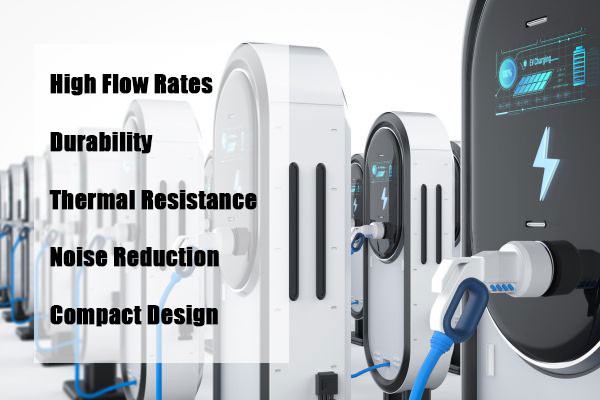
When selecting water pumps for ultra-fast EV charging, manufacturers need to prioritize several key features to ensure the pump can handle the demanding conditions of high-power charging. These include:
- High Flow Rates: Ultra-fast charging generates large amounts of heat, and a water pump with a high flow rate ensures the coolant circulates quickly to remove this heat.
- Haltbarkeit: The pump must be built to withstand continuous, high-temperature conditions without failure. Pumps made from high-quality materials, such as corrosion-resistant metals or composites, are essential.
- Thermal Resistance: Water pumps used in ultra-fast charging stations must be able to operate in extreme temperatures. They must not degrade or lose efficiency when exposed to heat generated during high-power charging.
- Noise Reduction: Although not as critical as heat resistance, reducing operational noise in charging stations enhances user experience, especially in public spaces.
- Compact Design: Pumps need to fit within the compact designs of charging stations without compromising their efficiency or reliability.
These features ensure that the pump can support high-speed charging systems without disrupting performance or safety.
The Importance of Water Pump Selection
Choosing the right water pump isn’t just a matter of functionality—it’s also about performance, longevity, and ensuring safety. How does the right pump impact ultra-fast EV charging systems10?
The right water pump is essential for the long-term success of ultra-fast charging systems. It ensures optimal cooling, reduces maintenance needs, and improves the overall reliability and efficiency of the charging station.
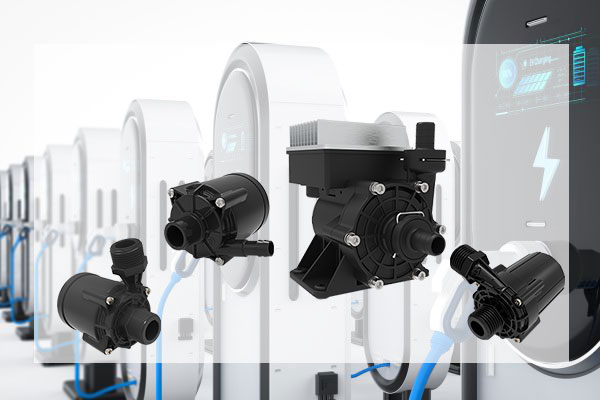
Selecting the right water pump for an ultra-fast EV charging system can have a profound impact on the overall performance and longevity of the system. An ideal pump ensures efficient coolant circulation11, reducing the risk of overheating and extending the life of the components.
The wrong pump, on the other hand, can result in inadequate cooling, leading to component failure or inefficient charging processes. It can also increase maintenance costs due to frequent breakdowns or poor thermal performance.
To ensure long-term reliability and minimize downtime, manufacturers must choose pumps that are specifically designed for the demanding conditions of ultra-fast charging stations. The pump’s material, construction, and performance specs should align with the high temperatures and continuous operation these systems require.
My Insights on Water Pumps in Ultra-Fast Charging
The Role of Water Pumps: Precision and Power
The first thing I learned was that water pumps for ultra-fast charging had to meet several critical requirements. It wasn’t just about pushing coolant through pipes; it was about how the coolant was moving.
We were designing systems where the water pump had to deliver high flow rates with high pressure to ensure the coolant stayed in motion, moving the heat away fast enough to prevent overheating. But it had to do all of this without being too loud or bulky, as the chargers had to be efficient and compact.
And that’s where I found the challenge. We needed pumps with a balance of power and efficiency. A pump that could work hard during a high-powered charge, but also operate quietly and smoothly when the load was lighter. After all, no one wants to hear a loud water pump at a busy charging station!
Energy Efficiency and Smart Features
As I worked on more projects, I began to realize that these pumps had to do more than just circulate coolant—they had to be smart. Imagine this: a water pump that could sense when temperatures were getting too high and adjust the flow of coolant automatically. Or a system where the pump could be monitored remotely, alerting engineers to any potential issues before they became problems.
And the energy efficiency? That’s the next frontier. EV stations, especially those in high-demand areas, need to minimize their operating costs. So, the ability to design pumps that used less power while delivering high performance became crucial. I worked with my team to develop pumps that not only delivered excellent cooling but also used less energy and reduced overall system costs.
The Importance of Reliability
The more I worked with charging stations, the more I realized one thing: reliability12 was non-negotiable. These pumps were not just for a one-time use; they had to keep running for years without failure. Imagine a pump breaking down during a busy day at a charging station. The entire system could go offline, causing delays and frustrating EV drivers.
That’s why we spent so much time testing and ensuring that our pumps could withstand extreme conditions: freezing temperatures, heatwaves, and even the occasional power surge. Reliability wasn’t just a nice-to-have; it was a matter of ensuring that these pumps would keep the systems running smoothly—day in, day out.
Conclusion
Water pumps are a vital component in ultra-fast EV charging systems, ensuring efficient cooling, safety, and reliability. With future innovations, these pumps will continue to
-
Exploring liquid cooling systems offers insights into their efficiency and necessity in managing high-power flows for faster EV charging. ↩
-
Understanding high power delivery is crucial for grasping how ultra-fast EV charging works, ensuring you're informed about the latest in EV technology. ↩
-
Exploring thermal management reveals the critical role it plays in preventing overheating and ensuring the safety and efficiency of EV charging. ↩
-
Discover the critical role of water pumps in maintaining optimal temperatures for ultra-fast EV charging systems. ↩
-
Learn about the significance of thermal conductivity in managing heat for efficient and safe EV charging. ↩
-
Exploring this link will provide insights into how liquid-cooled systems enhance EV charging efficiency and safety, crucial for understanding modern EV technology. ↩
-
This search will reveal the effects of ultra-fast charging on EV batteries, offering valuable information for EV owners and enthusiasts about maintaining battery health. ↩
-
Understanding the importance of high flow rates can help manufacturers ensure efficient heat removal in ultra-fast EV charging systems. ↩
-
Exploring corrosion resistance highlights the need for durable materials in pumps to withstand harsh conditions and extend lifespan. ↩
-
Understanding the role of water pumps in ultra-fast EV charging systems can help in selecting the right equipment for enhanced performance and reliability. ↩
-
Efficient coolant circulation is crucial for preventing overheating and ensuring the longevity of ultra-fast EV charging systems. ↩
-
Learning about the importance of reliability in water pumps for EV charging stations can help in ensuring uninterrupted service and customer satisfaction. ↩

